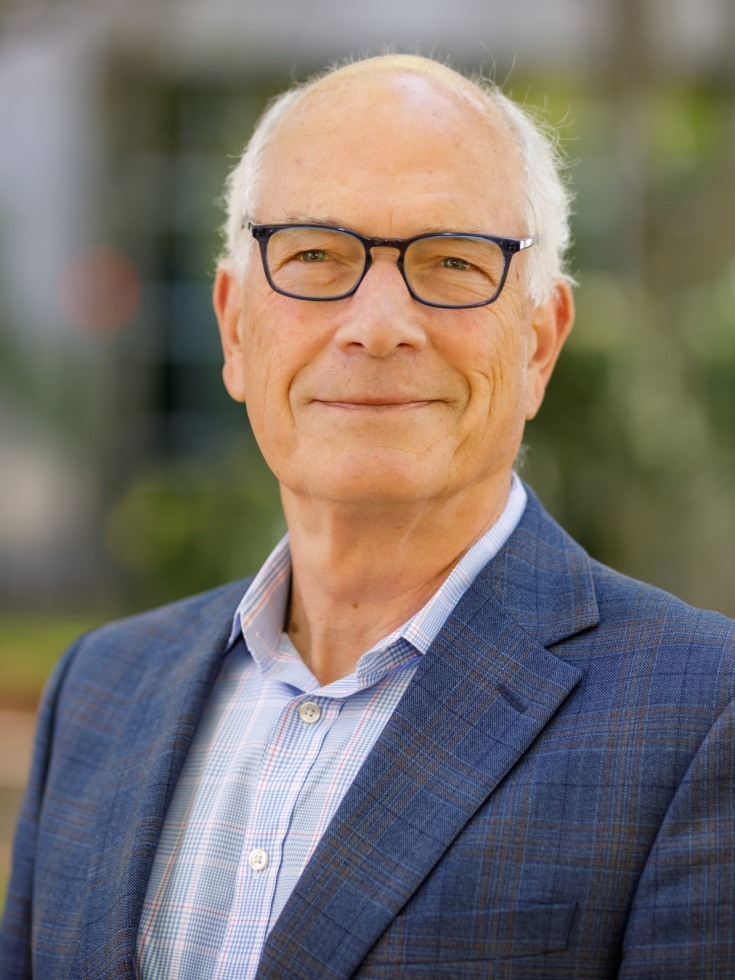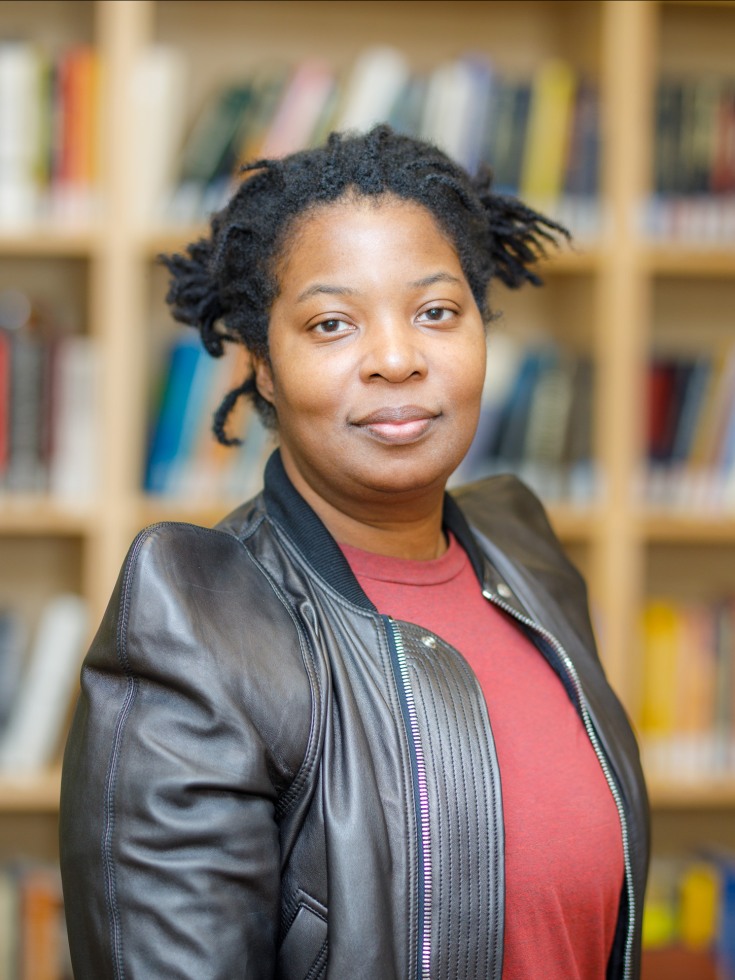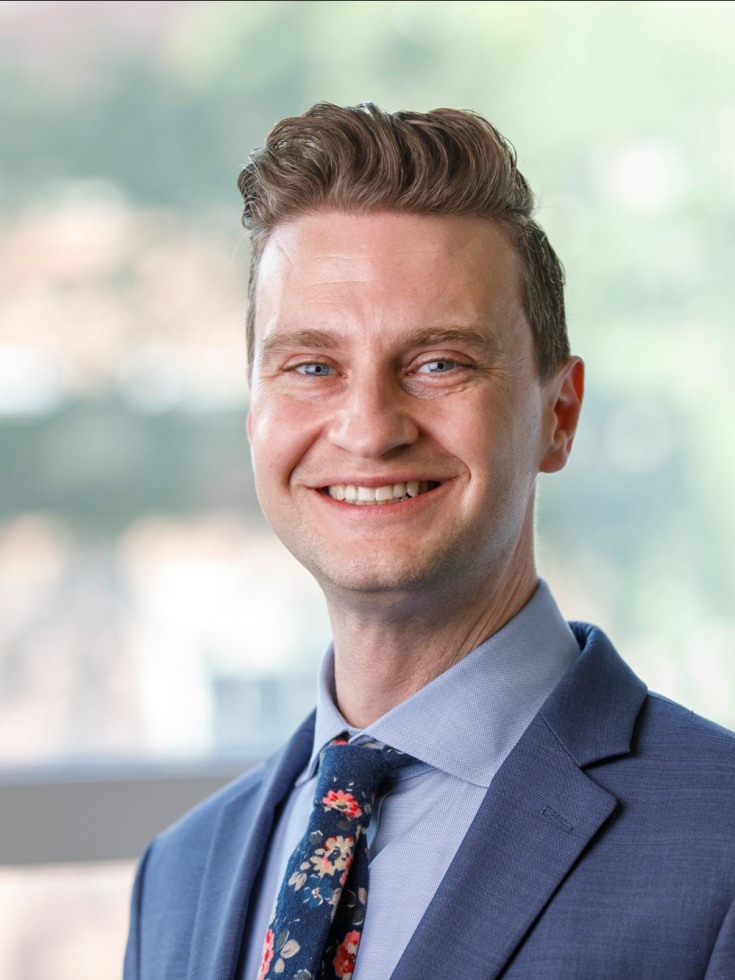For decades, people living with alcohol use disorder attempted recovery without a clear understanding of what was really driving their addiction. Treatments were often limited to abstinence-only programs, hit-or-miss therapy or medication offered without much support. Some people got better, said Peter Monti, Donald G. Millar Distinguished Professor of Alcohol and Addiction Studies, but many didn’t.
50 years ago, addiction was seen as a personal failure, not a health issue. Even the intense urge to drink was rarely acknowledged, let alone tracked or treated by doctors and scientists.
That began to change with a simple experiment at Brown.
A team of researchers—including Monti, then a young clinical psychologist—asked people in recovery to look at and smell their favorite alcoholic drinks, but not consume them. The idea was to find out if craving could be triggered like a reflex. It could. Participants salivated more than those in the control group, even if they didn’t report stronger urges. The takeaway? Craving leaves a physical trace in some people that can be observed and measured.
That discovery helped lay the foundation for ‘cue reactivity,’ a key concept in addiction science, and opened the door to understanding relapse. Today, cue reactivity is used by researchers exploring whether GLP-1 drugs, like Ozempic, can reduce alcohol cravings in patients.
“It’s gratifying to see a method we developed decades ago being used at the forefront of addiction, neuroscience and pharmacology,” Monti said. “That cue reactivity is being employed to study GLP-1s—a very hot scientific area—is proof of the utility of this measure and the staying power of this type of research.”
Findings like Monti’s have real-life consequences that impact all of us. The World Health Organization estimates that 2.6 million deaths worldwide are attributable to alcohol consumption each year. Here in the United States, Gallup Polls have consistently found that drinking has been a cause of trouble in more than a quarter of American families.




